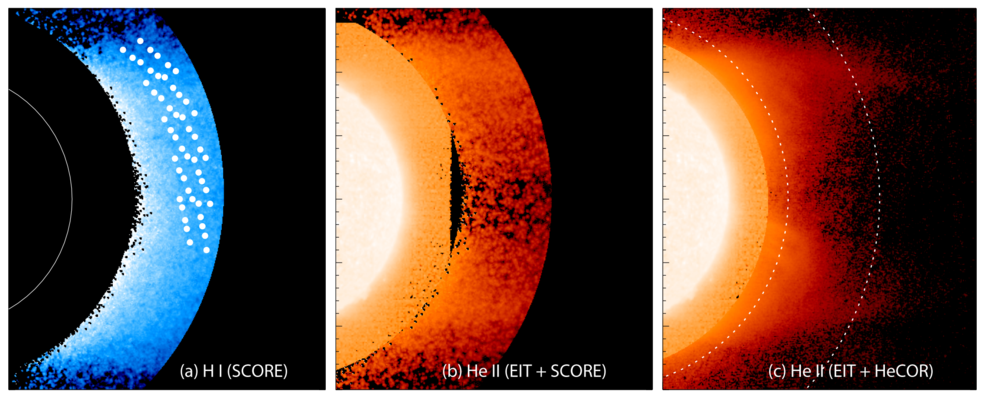OF THE
TIMES

Birkeland noticed that before the discharge circle divided, discharges were mostly localized in the equatorial and polar regions of the electrodes, as indicated in the picture below. This strongly suggests that most of the current injected into the electrode at the level of the polar regions escaped through the equatorial region. This is consistent with observations of the Sun, which shows a predominant glow and faster rate of rotation1 around the equatorial region.See also:
Reasoning by analogy and applying the principles of the homopolar motor to celestial bodies like stars and planets, we find that the 'internal' magnet of the celestial body plays the role of the cylindrical magnet of the motor. The external power source of the celestial body plays the role of the battery. The partial vacuum generated in the lab plays the role of the partial vacuum that constitutes outer space. And the Birkeland current crossing the plasma that surrounds the celestial body plays the role of the electric wire which closes the circuit by connecting the battery to the magnet.
If a celestial body is a conductor crossed by an electric current and an electromagnetic field, it will also be subjected to the Lorentz force. In this sense, stars and planets are giant homopolar motors, hence their spin. Therefore, when electric current or magnetic field decreases in strength, the rate of rotation decreases as well.
Note that the Moon doesn't spin. As explained above, the Moon hasn't developed a Double Layer (DL) of its own. It has no plasmasphere because its electric potential is equal to that of its surrounding space. Electric potentials being equal, the Moon is not subjected to any electric current, so no Lorentz force can be generated, hence the absence of spinning2.
For plasma cosmologists the driving force of spinning stars is indeed electricity:within the visible universe we find magnetic fields linking galaxies, showing that the galaxies are 'threaded like beads on a string', along cosmic power lines. The galaxies and stars within them are driven to rotate like the very simplest of electric motors, known as the 'homopolar' or Faraday motor. The ubiquitous spiral arms of galaxies trace the current paths between the galactic nucleus and the periphery From an electrical standpoint we make the simple observation that increasing electric current input to stars results in increasing maximum rotational speeds.3
Comment: Not only would California be at risk, but a strong enough quake could trigger the faultline running down into Mexico: